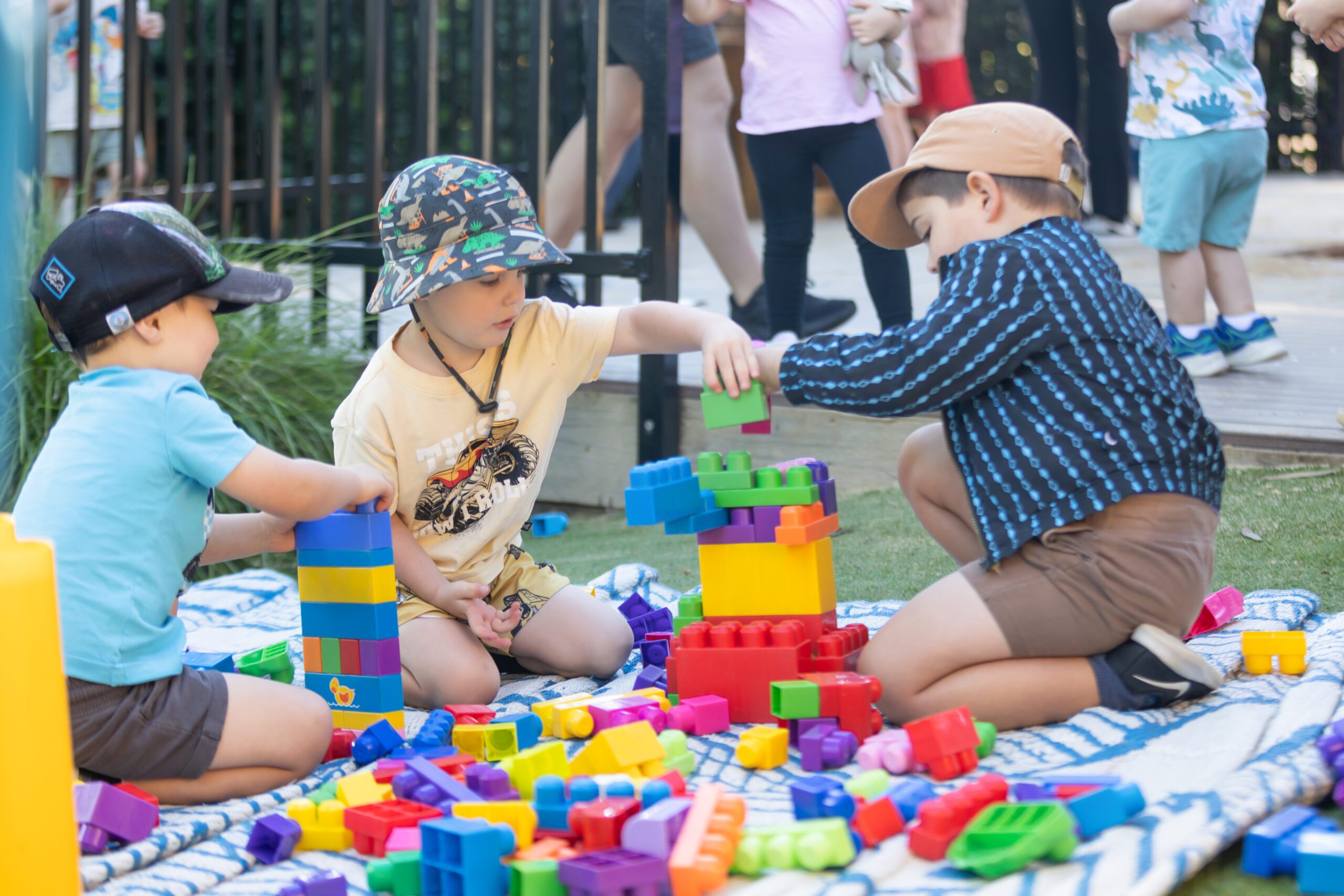
There are many times during the day when children have to stop doing one activity and transition on to another. For example, leaving the playground to go home, or putting away toys before bed time. These changes or transitions can be hard for young children, and may result in tantrums or challenging behaviour. Read on as we share some effective strategies for managing transitions throughout the day that help children feel secure and ready to engage in the new activity.
1. Create and communicate a consistent routine
Children thrive on predictability. Establishing a consistent daily routine helps them understand what to expect and when. You could display a visual schedule on the wall or fridge, using pictures and symbols that children can easily understand. Review the schedule each morning, and remind children of upcoming transitions throughout the day. This preparation helps reduce anxiety and resistance.
2. Use clear signals and cues
Implement clear and consistent signals to indicate it’s time to transition. These signals can be visual, auditory, or both:
- Visual Cues: Use picture cards, colour-coded signals, or hand signals.
- Auditory Cues: Play a specific song, use a gentle chime, or sing a transition song. The consistency of these signals helps children associate them with change, making transitions smoother.
3. Provide advance notice
Giving children a heads-up before a transition can significantly ease the process. Announce the upcoming change a few minutes in advance. For example, say, “In five minutes, we will start cleaning up and getting ready for snack time.” This gives children time to mentally prepare and wrap up their current activities.
4. Involve children in the process
Engaging children in the transition process can make it more enjoyable and less disruptive:
- Assign roles: Give children specific tasks, such as taking their plate out or setting the table. Having responsibilities can make transitions feel like a team effort.
- Interactive activities: Incorporate games or challenges, like a clean-up race or a “find the colour” game, to make transitions fun and engaging.
5. Maintain a calm and positive atmosphere
Your demeanour sets the tone. Use a calm and positive approach during transitions to help children feel secure and cooperative. Praise your child for transitioning smoothly and encourage them when they may need extra support. Avoid rushing or showing frustration, as this can increase anxiety and resistance.
6. Use transitional activities
Implement short, engaging activities that help bridge the gap between major activities:
- Songs and rhymes: Singing a familiar song or reciting a rhyme can capture children’s attention and guide them through the transition.
- Movement breaks: Simple stretching, stomping like a dinosaur or a quick dance can help children release energy and refocus.
- Mindfulness exercises: Incorporate deep breathing or a brief mindfulness activity to help children calm down and prepare for the next activity.
7. Be flexible and patient
Each child is unique and may require different amounts of time to transition. Be patient and allow extra time when needed. Observe the children’s behaviour and be ready to adjust your approach. Flexibility ensures your child feels supported and can transition smoothly.
How we transition children between activities
At Milestones, when we transition children from one environment to another we give them a respectful 5 minute warning that they will soon be moving on to another activity, and then when it is time, we walk the space and encourage children to move to the next location (e.g. sit on the mat, or move towards the door). We take care to ensure children are not kept waiting for long periods of time to minimise disruptions and reduce anxiety.
Effective transitions are an essential part of creating a structured and positive learning environment in early childhood education and care. By establishing routines, using clear signals, involving children, maintaining a calm atmosphere, and being flexible, we ensure that transitions become smooth and even enjoyable parts of the day.
Read more about activity changes and behaviour strategies.
